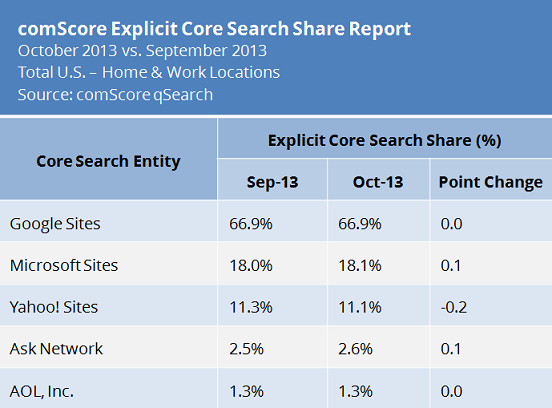How to Review Your Local SEO Campaign in Four Simple Steps
Building up a loyal customer base is important for every business, and targeting local customers is crucial for businesses that have physical locations. With search engine algorithms constantly changing, it’s a good idea to check on your local search engine optimization campaign’s performance regularly to see if any of your strategies needs to be changed. Getting professionals to audit your website is usually the best option, but there are a few things you can do on your own to review your campaign.
1. See if your Google+ Local results come up for your search terms
You don’t want to waste your time optimizing for local keywords that have low search volume. Run a search query using your local keywords to see if it displays Google+ Local results.
These are examples of Google+ local results for the query “jewelry store in makati city”.
If your own results don’t appear in the list, you might want to claim, update, and optimize your Google+ Local listing.
2. Check if your Google Places listing complies with Google’s Guidelines
Business owners can easily claim and update their own Google Places listings, but you need to be familiar with their business listing guidelines and make sure you don’t violate any of them. Some of the common violations we see include:
- Including “keywords” that aren’t part of the business name in the “Business Name” field
- These include cities, slogans, and URLs
- Incorrect or fake addresses, or incorrectly placed location pins
- Including a P.O. box or suite number in Address Line 1 (these should go into Address Line 2)
- Creating a separate listing for every location (though there are exceptions for individual practitioners and departments within businesses)
- Incorrect categories (these should indicate what the business is, not what it does or what it sells)
3. Check on your local SEO basics
On-page optimization is one of the most important aspects of your local SEO campaign. Some of the things to check when reviewing your local on-page optimization include:
- Title tags, headings, and metadata – These should include geo-targeted keywords
- Names, business addresses, and phone numbers – These should be accurate and up-to-date
- On-page content and blog – Your pages and blog should have high-quality content that covers local trends and topics and uses geo-targeted keywords
4. Audit your competitors
You need to get a feel of the local search scene before you can create a sound local SEO strategy. Find your competitors’ websites and see how they’re doing in local search. You can search for your own targeted keywords to see which competitors are appearing on the first page of results, or search for “[your business type] in [your location]” to see what comes up in the results.
While these simple steps can give you a good idea how your website is doing in local search, a more thorough audit can give you a lot more insight on how to improve your campaign. We can audit your website and send you a free, detailed report before you get started with our local SEO services.








